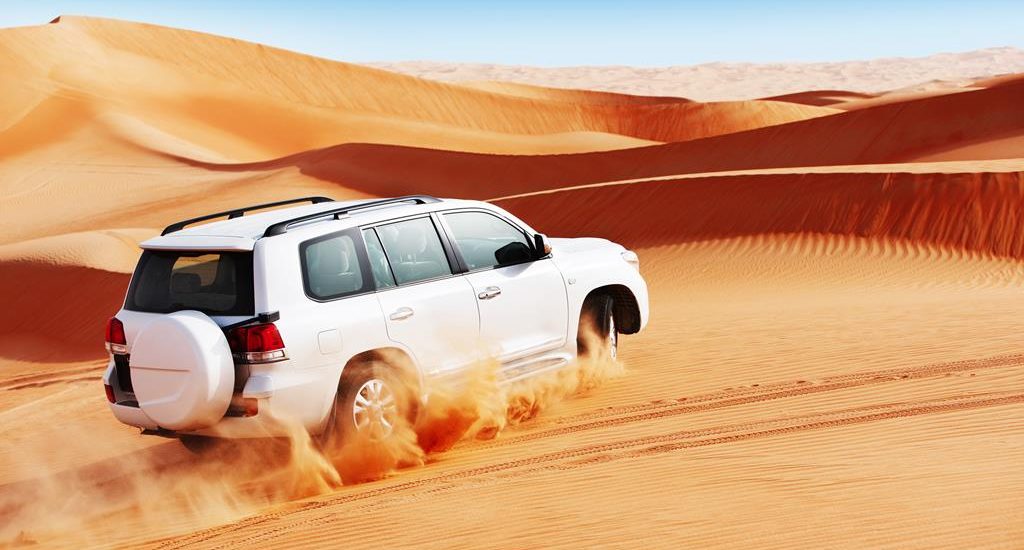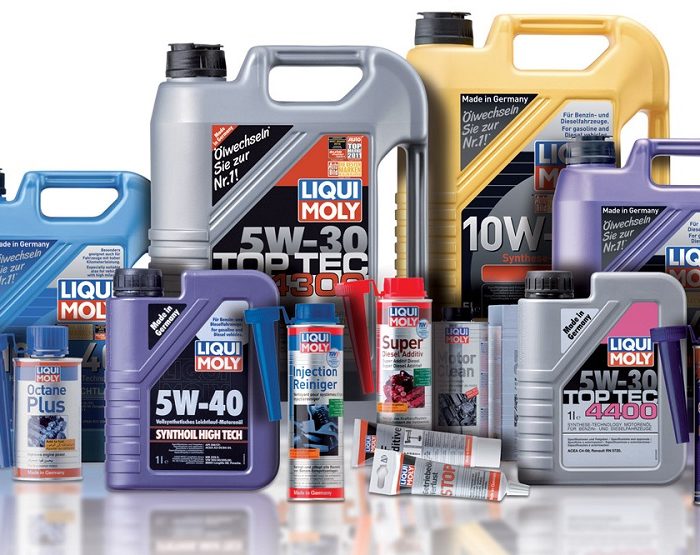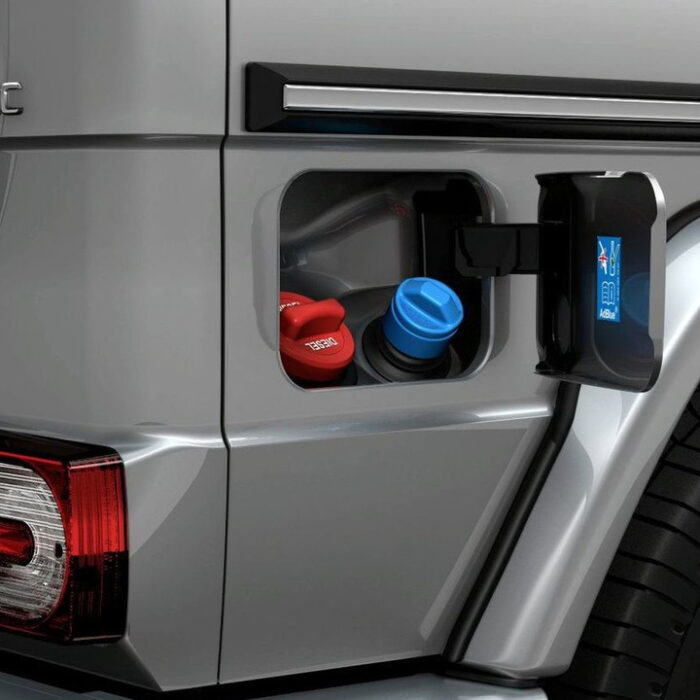Understanding Desert Traffic Systems and Road Conditions
Desert environments present unique challenges for drivers and vehicles due to extreme weather conditions and limited infrastructure. These arid regions experience dramatic temperature fluctuations, with summer daytime temperatures reaching 50-60°C (122-140°F) and dropping to just 5°C (41°F) at night. Ground temperatures can soar to 70°C (158°F), while relative humidity remains extremely low at 30-40% during daylight hours.
Key characteristics of desert driving conditions include:
- Extreme temperature variations between day and night
- Limited water sources with questionable quality
- Strong, unpredictable wind patterns
- Poor road infrastructure and limited traffic systems
- Challenging terrain including alkali deposits, loess spots, and shifting sand areas
Desert roads typically feature poorly developed traffic systems with heavy off-road conditions. Water sources are scarce and often unsuitable for drinking or vehicle cooling systems, making proper preparation essential for safe desert travel.
How Desert Environment Affects Vehicle Performance and Engine Operation
Extreme desert conditions significantly impact vehicle performance and engine efficiency. High temperatures and excessive dust levels create multiple challenges that can compromise your vehicle’s operation and longevity.
Temperature-related impacts on vehicle performance:
- Reduced air density leads to decreased engine power
- Increased petrol vapor volume affects combustible charge weight
- Engine components experience accelerated wear due to extreme heat
- Cooling systems work harder and may overheat
Dust-related vehicle problems include:
- Accelerated engine wear from dust abrasion
- Increased oil and lubricant consumption
- Premature engine maintenance requirements
- Clogged air filters reducing engine efficiency
- Dust penetration into transmission and steering components
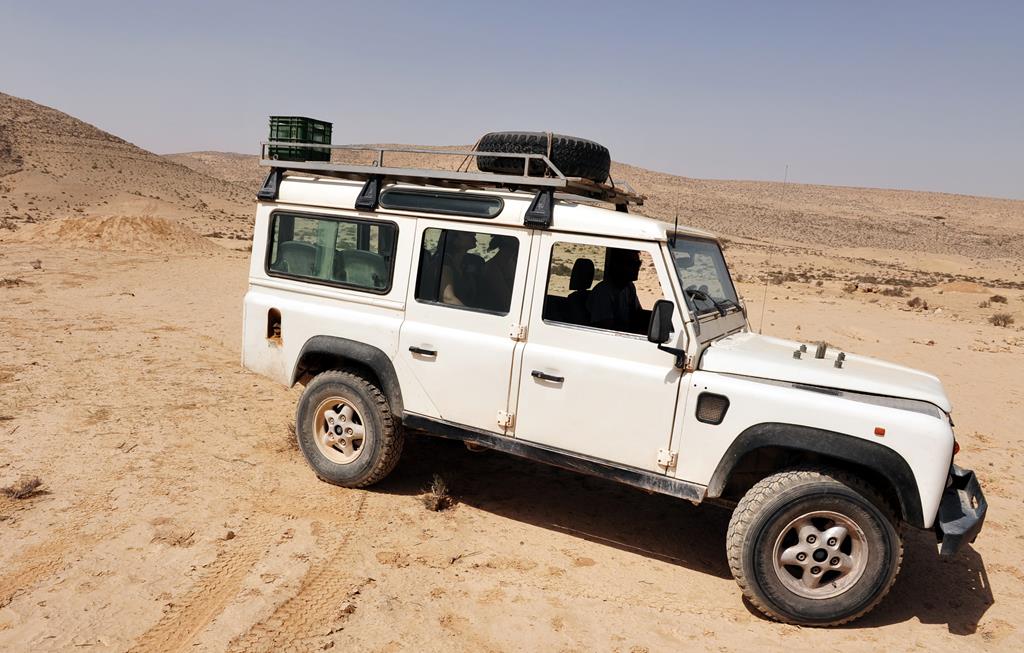
Standard air cleaners become ineffective in high-dust environments, quickly becoming clogged and failing to filter incoming air properly. This leads to significant engine damage over time.
Essential Desert Driving Techniques for Sandy and Difficult Terrain
Successfully navigating sandy desert terrain requires specific driving skills and techniques. Proper technique can mean the difference between safe passage and becoming stranded in dangerous conditions.
Key sand driving techniques:
- Use low gear when traversing sandy areas
- Choose routes that minimize sharp turns and gear changes
- Utilize vehicle inertia for short sandy sections
- Avoid sharp turns to prevent sand buildup in front of wheels
- If stuck, dig out sand from front and rear tires before attempting to move
Important terrain considerations:
- Always examine terrain before driving on dunes or hursts
- Carefully plan your route through saline lands
- Prepare appropriate equipment for improving vehicle traction
- Maintain steady momentum without sudden acceleration or braking
Critical Safety Instructions for Desert Car Travel: Protecting Drivers and Passengers
Desert driving safety requires understanding dust levels, visibility challenges, and proper protective measures. High temperatures and low humidity create dense dust clouds that pose serious health and safety risks.
Understanding dust concentration levels:
- Normal roadside dust levels: 0.6-0.7 g/m³
- Severe road conditions: 2-2.5 g/m³
- Transport columns on sand: up to 4 g/m³
- Road becomes invisible at 1.5 g/m³ dust concentration
Dust varies significantly by altitude:
- At 0.9-1.7m height: 30-35% less dust than ground level
- At 2.2m height: 70-80% reduction in dust content
- Vehicle interior: 20-35% less dust than outside at same height
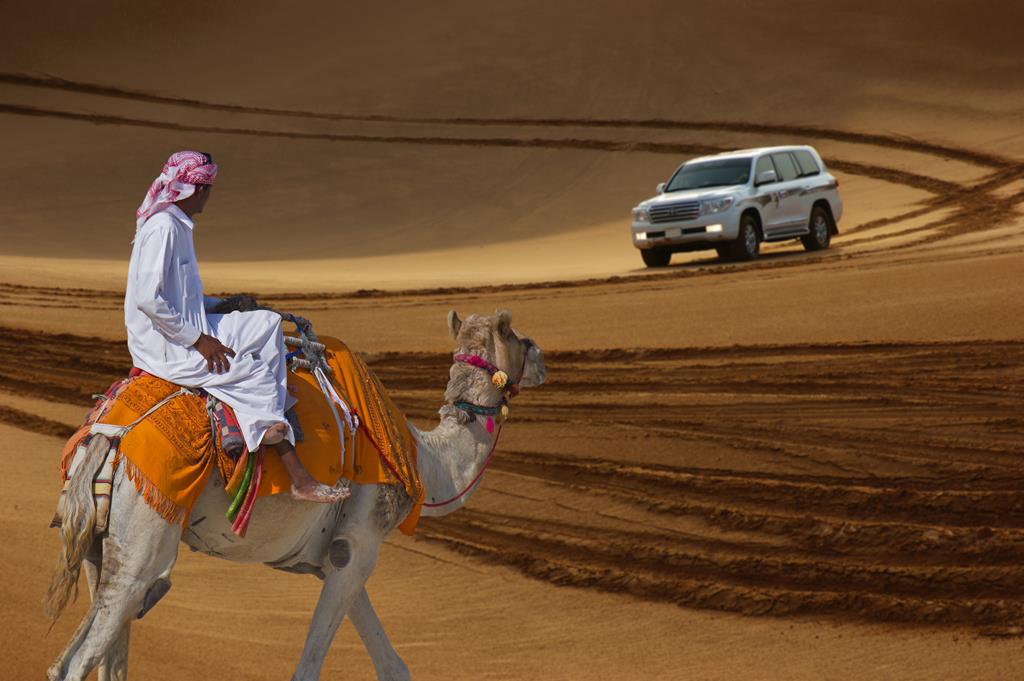
Essential protective measures for desert travel:
- Install additional dust protection for engine and cabin
- Ensure proper sealing of transmission and steering components
- Use air conditioning despite increased fuel consumption
- Implement enhanced maintenance schedules for dusty conditions
- Carry emergency equipment and extra fluids
Remember that dusty air significantly reduces human performance, making proper cabin protection crucial for driver alertness and passenger comfort during extended desert travel.
Prepare for Desert Driving with Proper Documentation
Before embarking on desert adventures, ensure you have all necessary documentation and permits. An International Driving Permit is essential for desert travel across international borders and can make your journey significantly easier when dealing with authorities in remote desert regions.
Thank you for reading our comprehensive desert driving guide. Don’t forget to obtain your International Driving Permit before traveling – it will make your life easier when traversing deserts across different countries!

Published October 30, 2017 • 4m to read

